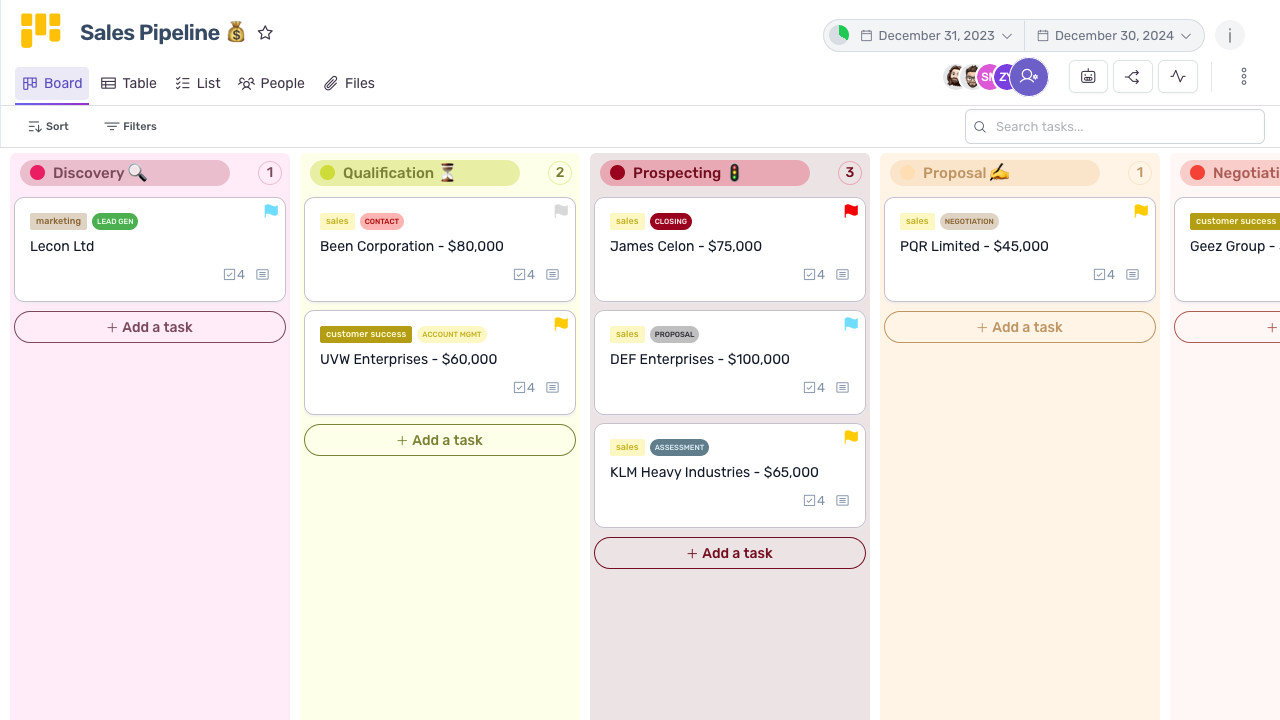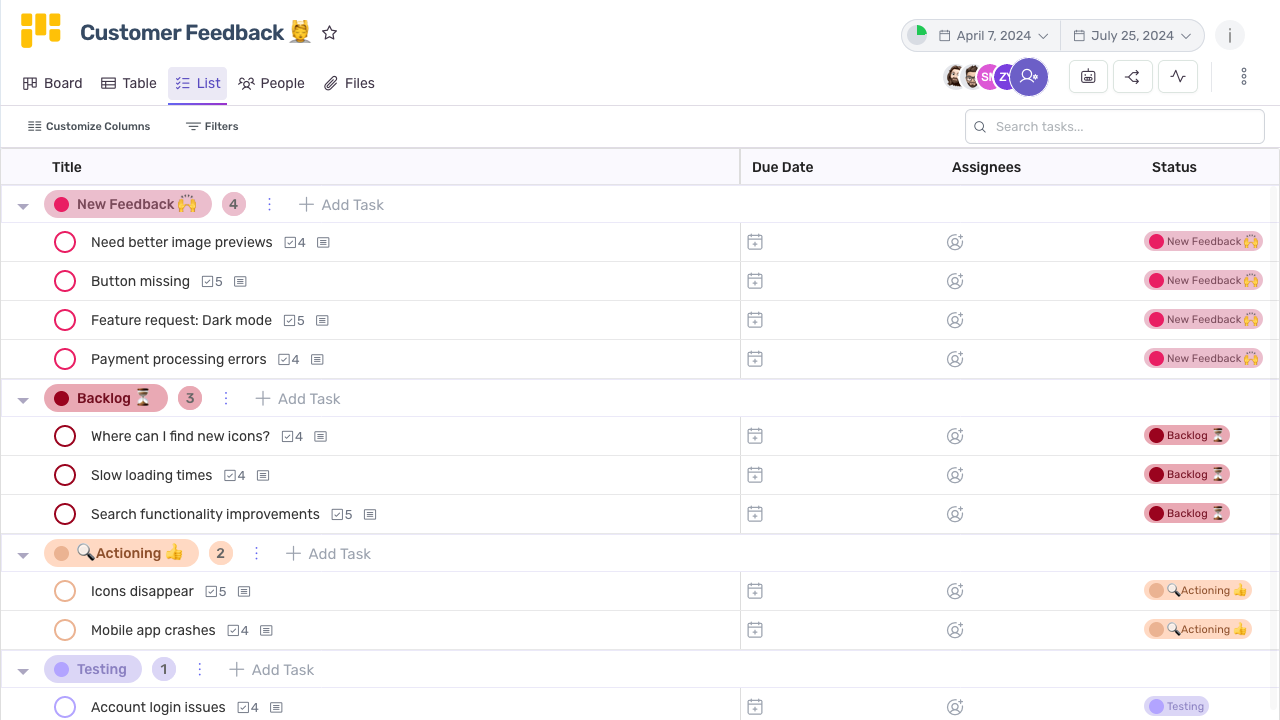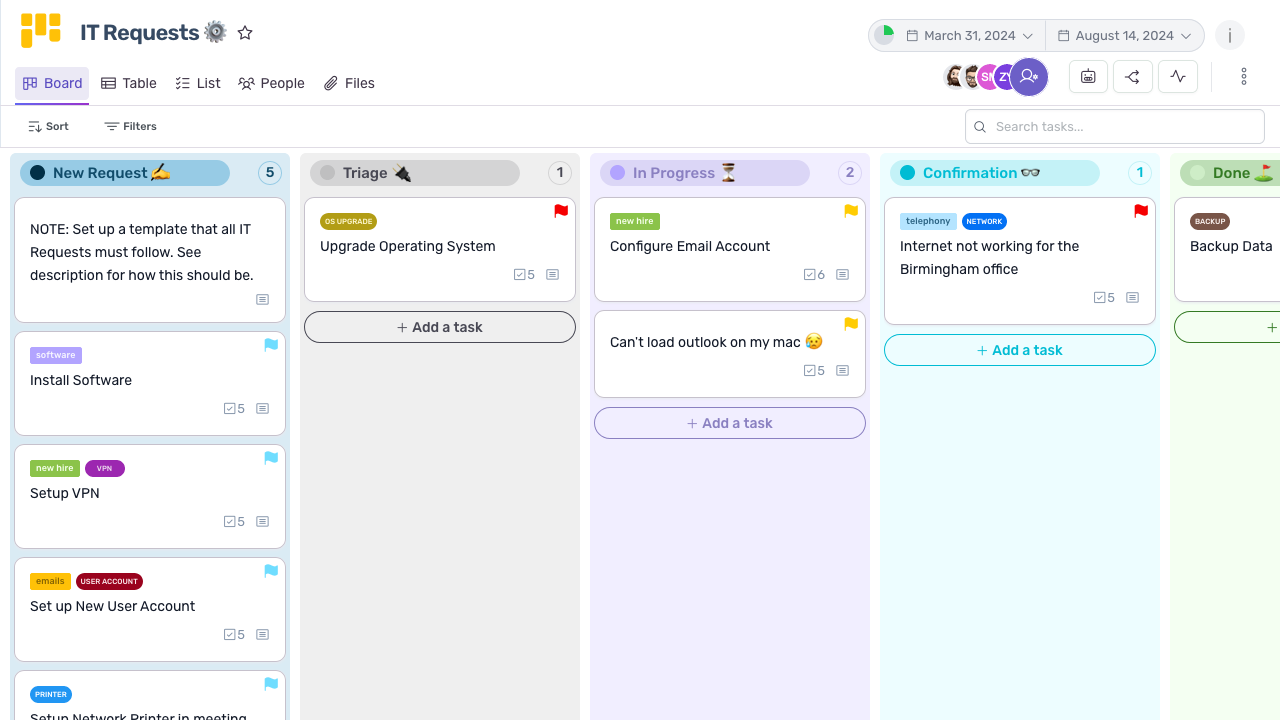Risk impact and likelihood assessment is a crucial process in the field of risk management. It helps organizations identify and prioritize potential risks, evaluate their potential impact, and assess the likelihood of their occurrence. By understanding these factors, businesses can make informed decisions and develop strategies to mitigate risks effectively.

Understanding Risk Impact and Likelihood Assessment
In order to grasp the concept of risk impact and likelihood assessment, it is important to first understand the basic principles behind it.
Risk impact refers to the extent to which a risk event can affect an organization’s objectives. It encompasses the potential financial, operational, reputational, and regulatory consequences that may arise from the occurrence of a risk event.
For example, a data breach in a company’s IT infrastructure can result in significant financial losses, damage to the organization’s reputation, and potential legal consequences. Understanding the potential impact of such risks allows businesses to proactively implement measures to prevent or mitigate them.
However, risk impact is not limited to just negative consequences. It can also include positive outcomes that may arise from taking calculated risks. For instance, launching a new product or entering a new market can lead to increased revenue and market share.
On the other hand, likelihood assessment involves determining the probability of a risk event occurring. It takes into account various factors such as historical data, expert judgment, and statistical analysis to evaluate the likelihood of a risk event materializing.
By analyzing the likelihood of risks, organizations can allocate resources effectively and develop contingency plans to respond to potential threats. It enables businesses to prioritize risks based on their probability of occurrence, allowing them to focus on those with higher likelihoods.
Moreover, likelihood assessment can also help organizations identify trends and patterns in risk occurrences. By analyzing historical data and identifying common factors contributing to risk events, businesses can gain valuable insights to improve their risk management strategies.
Furthermore, likelihood assessment is not a one-time process. It requires continuous monitoring and reassessment as new information becomes available. Factors such as changes in the business environment, technological advancements, and regulatory updates can impact the likelihood of certain risks.
It is worth noting that risk impact and likelihood assessment are interconnected. The potential impact of a risk event can influence the assessment of its likelihood, and vice versa. For example, a risk event with a high potential impact may be considered more likely to occur compared to a risk event with a lower potential impact.
In conclusion, understanding risk impact and likelihood assessment is crucial for effective risk management. By comprehending the potential consequences of risks and evaluating their likelihood, organizations can make informed decisions, allocate resources wisely, and develop strategies to minimize the impact of potential threats.
Importance of Risk Impact and Likelihood Assessment
Risk impact and likelihood assessment plays a critical role in various aspects of decision making within organizations. It provides a systematic approach to evaluating and understanding the potential risks associated with different choices. However, the significance of risk assessment goes beyond just identifying risks. Let’s delve deeper into the importance of risk impact and likelihood assessment.
Role in Decision Making
When faced with multiple options, decision makers need to consider potential risks associated with each choice. Risk impact and likelihood assessment provides valuable insights into the potential consequences and probabilities of risks. This enables decision makers to assess the overall risk profile of each option and make informed choices that align with the organization’s objectives.
For example, imagine a software development company deciding between two project proposals. By conducting a thorough risk assessment, the decision makers can identify the potential risks associated with each project, such as technical challenges, resource constraints, or market uncertainties. This assessment allows them to weigh the potential impacts and likelihoods of these risks, helping them choose the project that offers the best balance between potential rewards and risks.
Influence on Business Strategy

Business strategies are heavily influenced by risk considerations. By understanding the impact and likelihood of risks, organizations can develop strategies that align with their risk appetite. This ensures that the business is prepared to tackle potential risks effectively and minimize their impact on key objectives.
For instance, a manufacturing company operating in a highly volatile market needs to constantly assess the impact and likelihood of various risks, such as supply chain disruptions, changes in customer preferences, or regulatory changes. By incorporating risk impact and likelihood assessment into their strategic planning process, the company can proactively identify potential risks and develop contingency plans to mitigate their impact. This enables them to stay agile and adapt their strategies to changing market conditions, ensuring long-term success.
In conclusion, risk impact and likelihood assessment is not just a mere exercise in risk identification. It plays a crucial role in decision making and strategic planning within organizations. By evaluating the potential consequences and probabilities of risks, decision makers can make informed choices and develop strategies that align with their risk appetite. So, next time you encounter a decision-making situation, remember the importance of conducting a thorough risk assessment to navigate the uncertain terrain with confidence.
Components of Risk Impact and Likelihood Assessment
Risk impact and likelihood assessment is a comprehensive process that involves several components. In order to effectively manage risks, organizations must go through a systematic approach to identify, evaluate, and assess the potential impact and likelihood of risks.
Identifying Potential Risks
The first step in risk impact and likelihood assessment is identifying potential risks that could affect the organization. This can be done through various methods, including conducting risk assessments, analyzing historical data, and consulting subject matter experts.
During the risk identification process, organizations must consider both internal and external factors that could pose a threat. Internal factors may include operational inefficiencies, employee turnover, or technological vulnerabilities, while external factors may include changes in market conditions, regulatory requirements, or natural disasters.
By thoroughly identifying potential risks, organizations can gain a better understanding of the challenges they may face and develop appropriate risk management strategies.
Evaluating the Impact of Risks
Once potential risks are identified, the next step is to evaluate their potential impact. This involves assessing the magnitude of the potential consequences and the extent to which they may affect the organization’s objectives.
For example, in the case of a manufacturing company, an assessment of the impact of supply chain disruptions could involve evaluating the potential delays and financial losses resulting from a disruption in the flow of raw materials. Additionally, the impact assessment may also consider the potential damage to the company’s reputation and customer satisfaction.
By evaluating the impact of risks, organizations can prioritize their response efforts and allocate resources accordingly. This allows them to focus on managing risks that have the potential to significantly impact their operations and overall performance.
Assessing the Likelihood of Risks
After evaluating the impact of risks, the likelihood of their occurrence is assessed. This involves determining the probability of a risk event taking place, considering factors such as historical data, expert judgment, and statistical analysis.
By assessing the likelihood of risks, organizations can prioritize their efforts and resources towards those that have a higher probability of occurrence. This allows them to allocate resources effectively and focus on managing risks that pose the greatest threat.
Furthermore, assessing the likelihood of risks also helps organizations in developing appropriate risk mitigation strategies. By understanding the probability of a risk event, organizations can implement preventive measures and contingency plans to minimize the potential impact.
It is important to note that risk likelihood assessment is an ongoing process, as the probability of risks may change over time due to various internal and external factors. Therefore, organizations must regularly review and update their risk assessments to ensure they remain relevant and effective.
In conclusion, risk impact and likelihood assessment is a crucial component of effective risk management. By systematically identifying potential risks, evaluating their impact, and assessing their likelihood, organizations can develop proactive strategies to mitigate risks and protect their objectives. This comprehensive approach allows organizations to make informed decisions, allocate resources efficiently, and ultimately enhance their overall resilience and success.
Steps in Conducting Risk Impact and Likelihood Assessment
The process of conducting risk impact and likelihood assessment involves several key steps.
Preparation for Assessment
The first step is to prepare for the assessment. This involves defining the scope and objectives of the assessment, identifying key stakeholders, and establishing a framework and methodology for conducting the assessment.
During this stage, it is important to gather relevant data, establish criteria for evaluating risks, and ensure that all necessary resources are available for the assessment.
Execution of the Assessment
Once the preparation is complete, the actual assessment is conducted. This involves collecting and analyzing data, conducting interviews and workshops with key stakeholders, and applying the chosen assessment methodology.

During this stage, it is important to engage with relevant stakeholders and gather their input to ensure a comprehensive and accurate assessment of risks.
Post-Assessment Actions
After the assessment is completed, the findings are documented and analyzed. This includes identifying key risk areas, prioritizing risks based on their impact and likelihood, and developing an action plan to address the identified risks.
It is important to ensure that the results of the assessment are communicated effectively to key stakeholders and that appropriate measures are implemented to mitigate the identified risks.
Challenges in Risk Impact and Likelihood Assessment
While risk impact and likelihood assessment is a valuable tool, it is not without its challenges.
Common Pitfalls in Risk Assessment
One common pitfall in risk assessment is the overreliance on historical data. While historical data can provide valuable insights into past risks, it may not always be an accurate predictor of future events.
Another challenge is the occurrence of hidden or unknown risks. These are risks that are difficult to identify or assess due to their complex or unforeseen nature. Organizations need to be aware of the limitations of their assessment methods and continuously update their risk registers to include emerging risks.
Overcoming Assessment Challenges
To overcome these challenges, organizations should adopt a proactive approach to risk management. This includes regularly reviewing and updating risk assessments, engaging with subject matter experts to identify emerging risks, and implementing robust monitoring and control systems.
Furthermore, organizations should foster a culture of risk awareness and encourage ongoing communication and collaboration among stakeholders. This can help in identifying and addressing potential risks early on, and ensuring that risk impact and likelihood assessment remains an integral part of the organization’s risk management strategy.
In conclusion, risk impact and likelihood assessment is an essential process for any organization seeking to effectively manage risks. By understanding the basics of risk impact and likelihood, recognizing its importance in decision making and business strategy, and implementing a comprehensive assessment process, organizations can enhance their ability to identify and mitigate potential risks proactively. Despite the challenges involved, a proactive approach to risk management can significantly improve an organization’s ability to navigate uncertainties and safeguard its objectives against potential threats.










